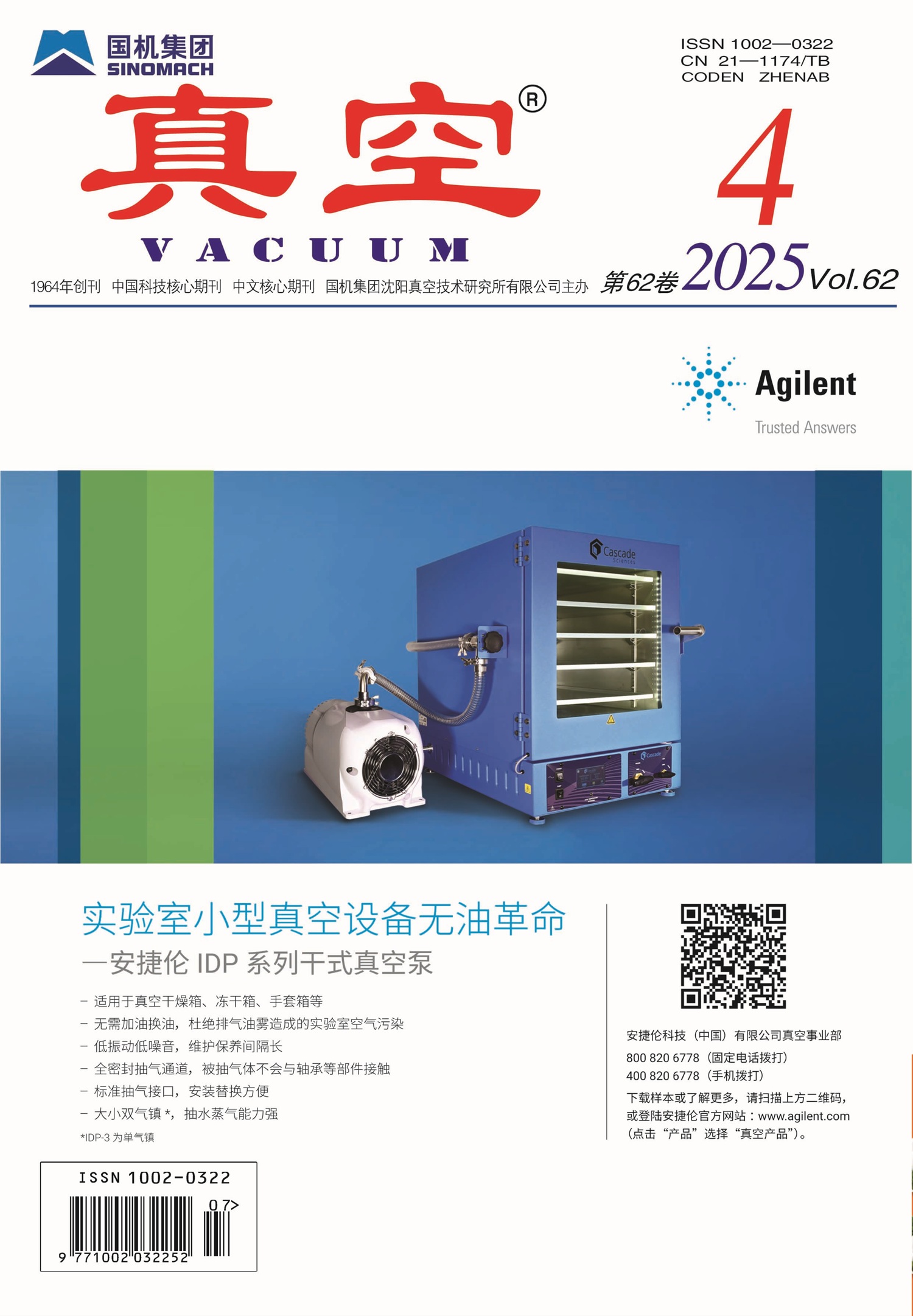|
|
Effect of Different Bond Layers on Thermal Shock Behavior of Yb2O3 Modified Gd2Zr2O7 Thermal Barrier Coatings
LI Tingyue, WANG Xin, ZHEN Zhen, LI Na, XU Zhenhua
VACUUM. 2025, 62 (1):
26-36.
DOI: 10.13385/j.cnki.vacuum.2025.01.05
The rare earth composite oxide of (Yb0.1Gd0.9)2Zr2O7 (YbGdZrO) is a new kind of thermal barrier coatings (TBCs) materials suitable for applications above 1 200 ℃. TBCs specimens with different types of bond layers were prepared by depositing YbGdZrO ceramic coatings onto the surface of bonding layers of NiCoCrAlYHf or (Ni,Pt)Al by electron beam physical vapor deposition (EB-PVD) technique. The microstructure, chemical composition, phase structure, residual stress and thermal shock behavior of the coatings were characterized and analyzed. The results show that the surface of NiCoCrAlYHf bond layer is undulating, and the ceramic layer deposited on it has cauliflower-like texture and a high degree of disorder. The surface of the (Ni, Pt) Al bond layer shows a smooth "back ridge" morphology, and the columnar crystals of the deposited ceramic layer are tightly arranged and the flatness tends to be consistent. The contents of Gd and Zr elements in ceramic layer of the two TBCs specimens are close to that of the original ingot, while the Yb element content is greatly affected by the deposition temperature. With the increase of thermal shock times, the micro-cracks on the surface of NiCoCrAlYHf/YbGdZrO coating initiate and propagate, and pitting pits appear. The (Ni,Pt)Al/YbGdZrO coating is still relatively flat, without micro-cracks and sintering densification. Thermally grown oxide (TGO) layer appears in both coatings after 1 000 times of thermal shock. When the thermal shock reaches to 2 500 cycles, the averaged thickness increment of TGO layer growing on top of (Ni,Pt)Al bond coat is only 1.08 μm. The TGO residual stress of NiCoCrAlYHf/YbGdZrO TBCs is smaller than that of (Ni,Pt)Al/YbGdZrO specimen under the same condition. The ceramic layer elements of both TBCs have diffused to the bond coats, and a small amount remains in the TGO layer. Differently, the Al2O3 film formed by (Ni,Pt)Al/YbGdZrO TBCs shows stronger diffusion resistance for Gd element.
References |
Related Articles |
Metrics
|

 Table of Content
Table of Content
 Table of Content
Table of Content